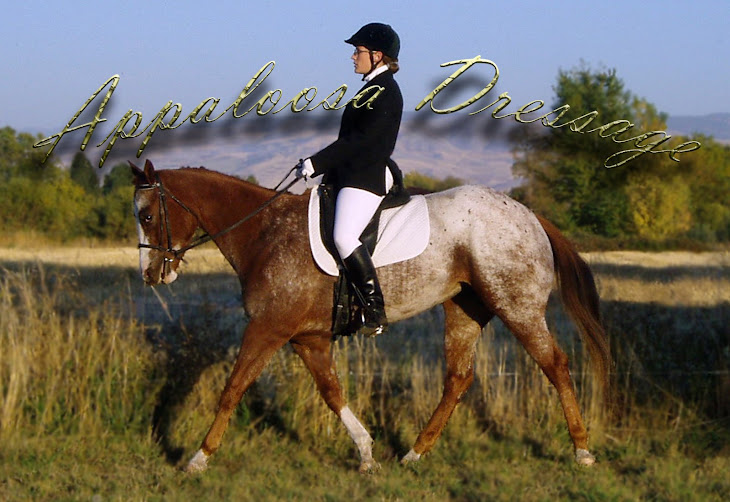Well, today I got about 3 layers on, I don't know for sure, I didn't keep count. I watched some videos online last night and found some good tutorials. I didn't get to watch everything I wanted, but got some ideas to play around with.
I tried using a Q-tip to apply dust today, it seemed to work fine, not sure if it's better or worse than the brush. I also grabbed a clean make-up applicator to try but I didn't do anything with it yet today.
I also cut the bristles on my brushes a bit shorter in hopes to get more grinding action and less dusting. It worked great on two of them, one of them wasn't thick enough. I think I will have to get more brushes.
The other thing i did today was I started prepping another horse. I want to play with using a dark acrylic base and adding accents on top of it with the pastel. We'll see what happens, I'm just curious.
Some of the videos and galleries I was looking at mentioned that they used colored pencils on their horses. I have watercolor pencils and I'm curious if I can use those. I have to explore that more online, but I'm excited to try some different media and see what happens.
Here is my work station today:
You can see my reference photos and the brushes and colors set out on the left. I keep them all together with the right photo so I don't accidentally grab the wrong one. The in the middle, you see my towel work-space, the container lid that I brush over to lose as little dust as possible, the note where I wrote the goal coat for each horse so I don't forget if it's been a few days since working, the case of jars, the tv remote (catch up while you work!), and a horse. On the right, you see the pastels and the edge of the supply box with a piece of soft t-shirt for buffing in between coats.
Here is a close up of the work-space. I hold the horse over the lid so excess dust falls into it and can be reused, and I can set the horse on the towel if I need support from underneath to grind dust into the face or a small part like that. My list is on the left, and I was experimenting with q-tips today.
Here are my horses after today. It doesn't feel like they're changing, but looking at the photo from last session, I guess they are more colored. It's just really slow going. The final base coat color goal for each horse is; top left: black bay with a plan to be a paint in the end, top right: red bay, bottom left: chocolate brown, bottom right: gray with light points.













